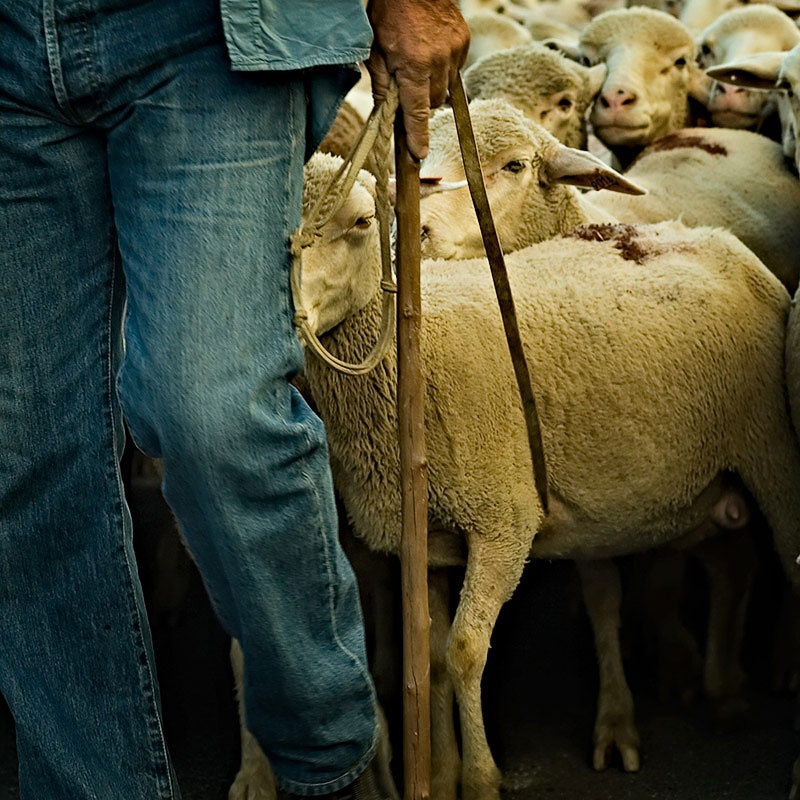This thread is part of the Tips & Tricks problematics. See here for more information.
Hi all,
I personal one this time. The image in question was discussed elsewhere on the forum, and it suffers from a slight mis-focus.
So, the purpose of this "tips & tricks" is to suggest ways in which we can try to improve the result. I would normally just delete any photo with this sort of problem, but just occasionally the photo is of importance. In this case, it nicely sets the scene for a photo reportage.
I've performed the RAW conversion and made the resulting TIFF available. Notice that the colour space is ProPhoto, so you'll definitely need need a colour managed application to handle it.
Tim
Hi all,
I personal one this time. The image in question was discussed elsewhere on the forum, and it suffers from a slight mis-focus.
So, the purpose of this "tips & tricks" is to suggest ways in which we can try to improve the result. I would normally just delete any photo with this sort of problem, but just occasionally the photo is of importance. In this case, it nicely sets the scene for a photo reportage.
I've performed the RAW conversion and made the resulting TIFF available. Notice that the colour space is ProPhoto, so you'll definitely need need a colour managed application to handle it.
Tim
Last edited:



